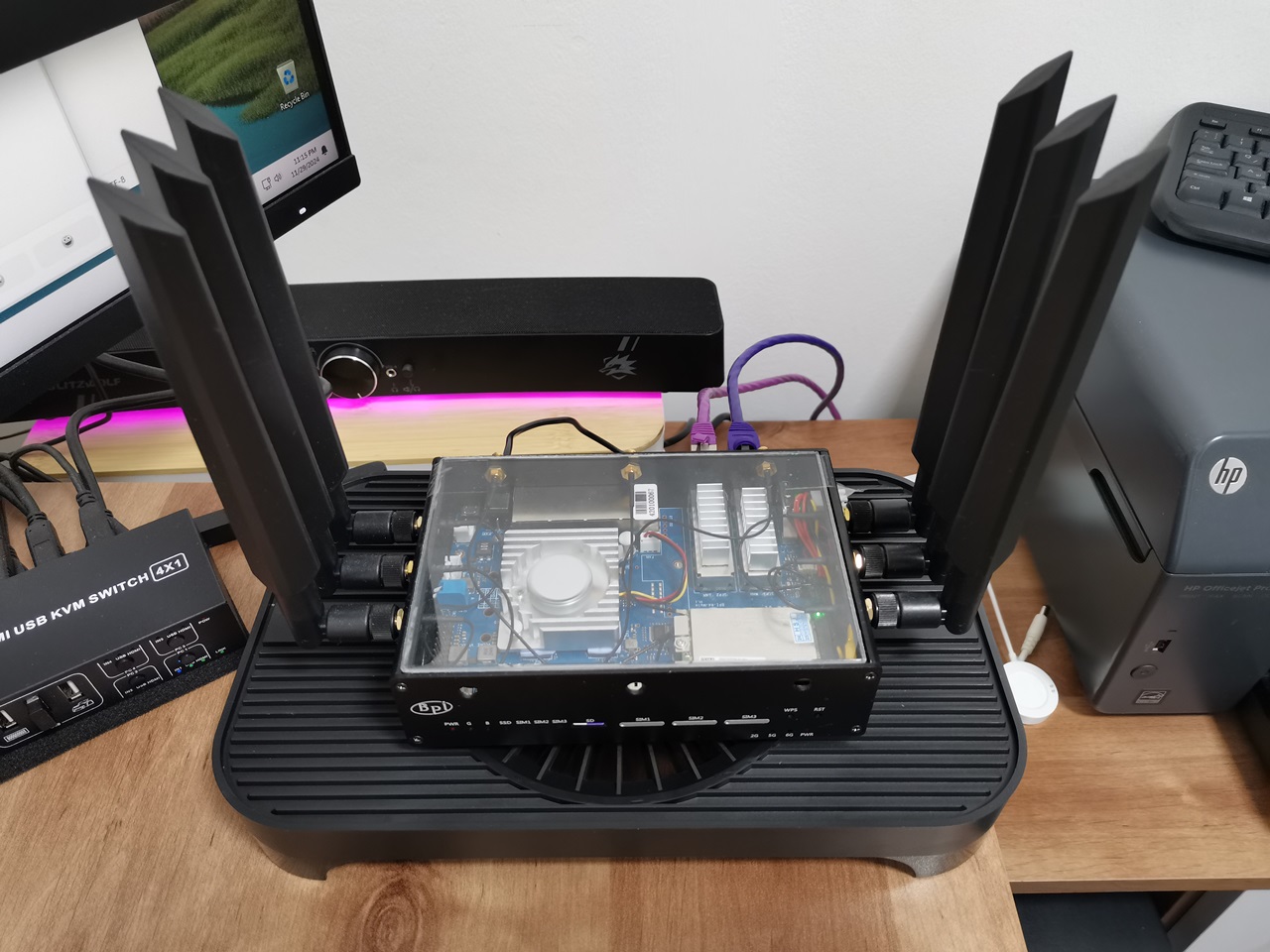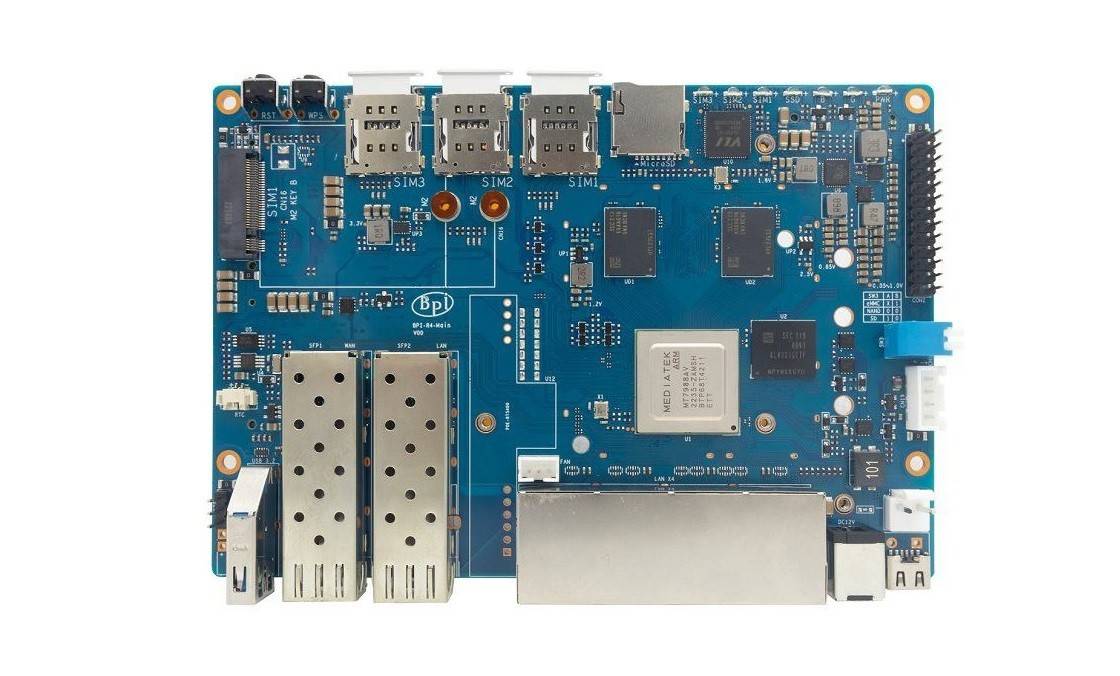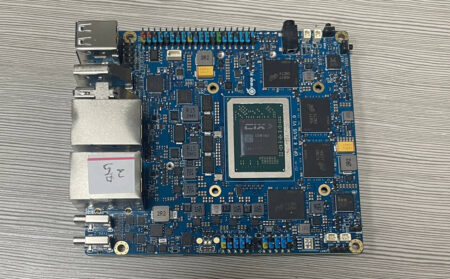Measuring CPU temperatures
The temperature readings recorded when tested without a case ranged between 27°C and 29°C.
cat /sys/class/thermal/thermal_zone*/temp
29063Operating the R4 fan effectively through setting a trip point.
echo 35000 > /sys/class/thermal/thermal_zone0/trip_point_2_tempThe command “echo 35000 > /sys/class/thermal/thermal_zone0/trip_point_2_temp” configures a thermal trip point at 35°C for the designated thermal zone in a Linux system. This plays a vital role in the thermal management system, safeguarding the hardware components by effectively regulating the system temperature and averting overheating. Ultimately, this practice bolsters the system’s stability and enhances the longevity of its hardware components.
Purpose of the Command
- Setting a Trip Point:
- By writing 35000 (which translates to 35 °C) to
trip_point_2_temp, you are configuring the system to use this temperature as a threshold for thermal management. When the temperature of the thermal zone reaches this point, the system takes action as activating our fan.
Here’s a detailed breakdown of what this command does:
- echo 35000:
- This part of the command is used to send the value 35000 to a file. In the context of temperature, this value is usually in millidegrees Celsius. In our case, which translates to 35°C).
- The > operator utilized to direct the output of the echo command to a file is known as “redirection.” In this case, it writes the value to the specified path.
- /sys/class/thermal/thermal_zone0/trip_point_2_temp:
- This is the path to a special file in the sysfs interface, which is used by the Linux kernel to expose kernel parameters to user space.
- thermal_zone0 refers to a specific thermal zone monitored by the system, and trip_point_2_temp is one of the trip points for that thermal zone. Trip points are temperature thresholds that trigger specific actions when reached.
If your Banana Pi R4 is experiencing serious overheating problems. How can I fix this issue?
The issue lies in the design of the Wi-Fi NIC card, which relies on the case to dissipate excess heat. Unfortunately, this approach is ineffective since the lower case lacks any fins or proper ventilation holes. While there are numerous solutions, including modifying the case and making other adjustments, we believe in simplifying the solution!
A straightforward solution is always effective.
Strategically placing a fan or multiple fans under the Banana 4R case significantly enhances cooling, particularly for the Wi-Fi NIC card. This creative approach not only improves the internal temperature management of the case but also plays a crucial role in preventing CPU overheating.
A diverse range of products is readily available, particularly on AliExpress, tailored for cooling routers, often referred to as cooling pads. While it’s possible to make a DIY version, we chose to invest in a pre-made option featuring a large fan for enhanced efficiency.
Testing temperatures
# CPU temperature
cat /sys/class/thermal/thermal_zone0/temp
43515# Wireless network card interfaces
cat /sys/class/thermal/thermal_zone0/temp
38000
38000
32000





Good Job
Thanks